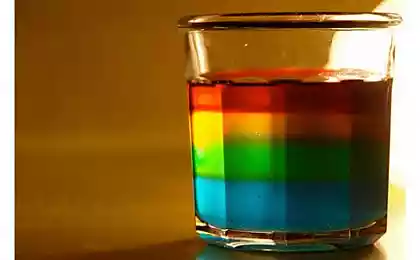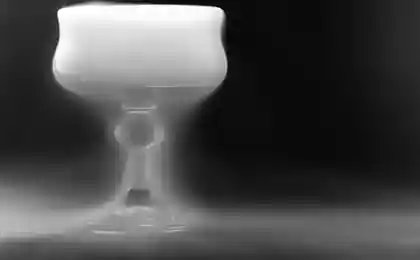213
Self-manufacture of disinfectant liquid
Dirty or poorly washed hands can cause a number of diseases, and in light of recent events, regular hand washing has become one of the main measures to prevent coronavirus.

Water and soap are not always available. What to do if you hold on to a handrail in public transport, take a cart in the supermarket, the handle of which has been in a thousand hands in a day, press the not sterile buttons of an elevator or ATM?
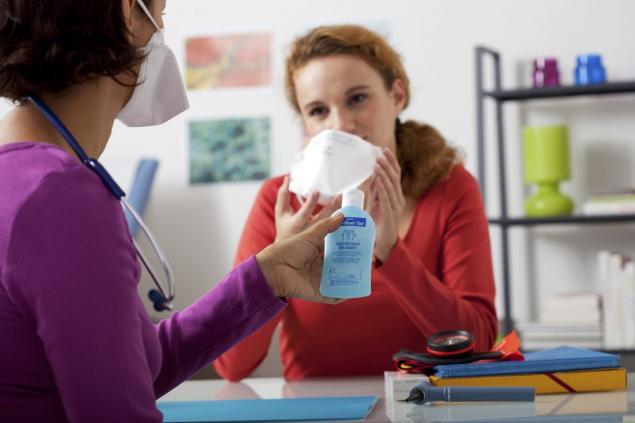
It is for such situations that there are sanitizers, or hand sanitizers, which are now universally scarce. If you do not have time to stock up on the necessary liquid, do not worry. Editorial "Site" will tell How to prepare antiseptic hand at home.
The main antibacterial component of disinfectant solutions is most often alcohol, chlorhexidine and other antimicrobial substances. To reduce their negative effect on the skin, natural oils, aloe extract, vitamin E are added.
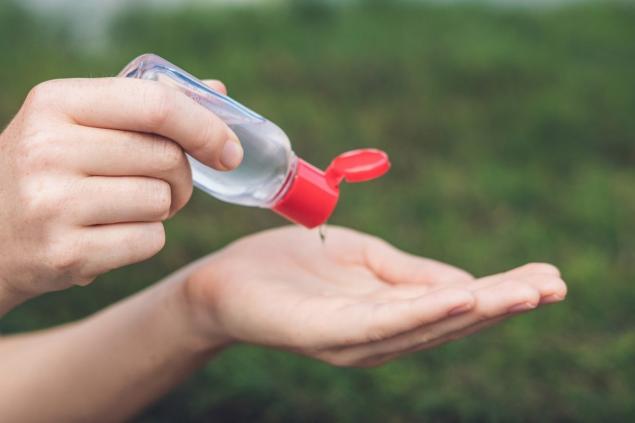
Here it is necessary to dispel the popular myth: contrary to popular belief, to use strong alcohol from the store as a skin antiseptic will not work! Firstly, because it does not contain enough alcohol (ideally, it should be 62-85%).
Secondly, some components of “table” alcohol can, on the contrary, become a favorable environment for bacteria and viruses. For example, the sugar contained in such drinks. “Disinfect” the mouth with alcohol is also ineffective – because the virus finds its way into the body through the mucous membranes of the eyes and nose.
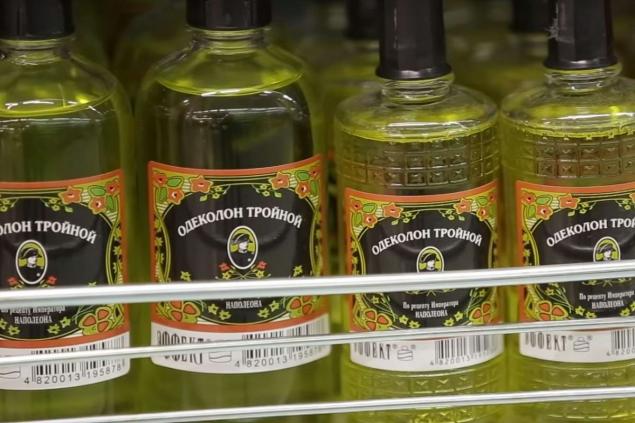
But another popular means of cologne "Triple" contains about 70% alcohol and can be used as an antiseptic, despite the fact that it excessively dries the skin and, to put it mildly, does not smell very pleasant.
Disinfectants based on alcohol This tool most closely resembles those sold in stores and pharmacies. To prepare a liter of antiseptic, you will need 830 ml of 96% ethyl alcohol, 120 ml of boiled or distilled water, 40 ml of 3% hydrogen peroxide and 10-15 ml of glycerol.
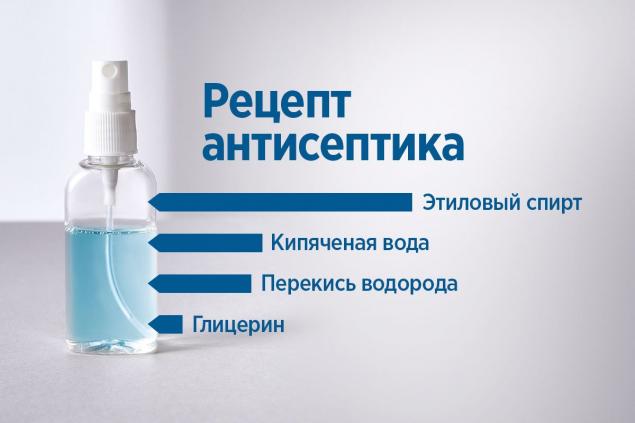
Glycerin is needed to moisturize the skin and help it better tolerate the constant use of alcohol-containing spray. For lack of glycerol, you can use aloe vera gel, which is easy to prepare from the fleshy leaves of the houseplants of the same name.
Mix all the ingredients and put them in a bottle. Store the antiseptic at room temperature in a dark place and away from the fire. In addition to antiseptic in the form of a spray, alcohol-containing napkins are also suitable. They can handle not only hands, but also keys, door handles, switch buttons, bags, mobile phones.
Antiseptic spray from Dr. Komarovsky: 240 ml of medical alcohol, 15 ml of 3% hydrogen peroxide, 5 ml of glycerol and 60 ml of water. Connect all the components, add to any vial and can be used.
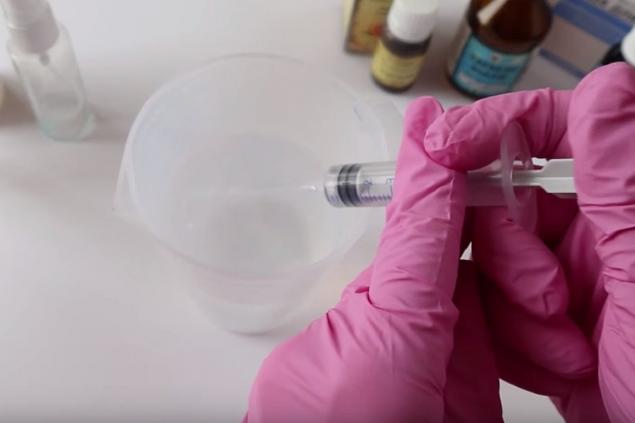
Another antiseptic option. Take two thirds of a glass of 96% medical alcohol, one third of a glass of aloe vera gel and 8-10 drops of essential oil. Suitable oil of lavender, vanilla, mint, grapefruit or cinnamon.
Mix all the ingredients and put them in a bottle. Such a “fat” antiseptic will be difficult to use in the form of a spray, but you can fill them with bottles with a dispenser.
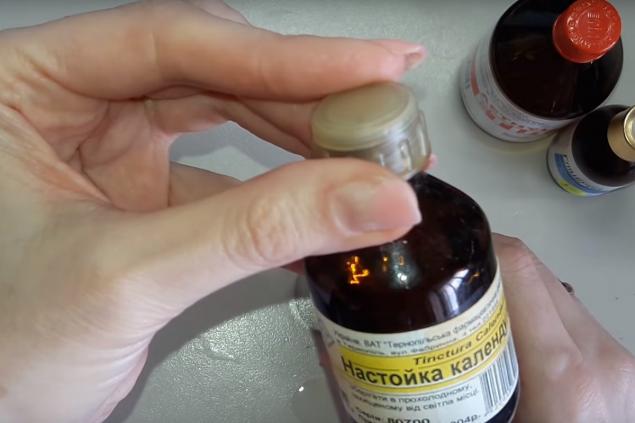
Antifungal and bactericidal properties are also inherent in the flowers of calendula, chamomile, sage leaves. For an antiseptic with an alcohol tincture of calendula, you will need: 50 ml of calendula alcohol tincture (at least 70% alcohol), a teaspoon of aloe vera gel, a teaspoon of glycerin and 5 drops of lemon essential oil. Mix all the ingredients and pour into a dispenser jar.
Alcohol-free disinfectants An alternative to alcohol can be hammelis. The extract of the bark and leaves of gamamamelis is a powerful antiseptic that has been known for hundreds of years. The second important component is tea tree oil, which is the strongest antiseptic with antiviral and anti-inflammatory effects.
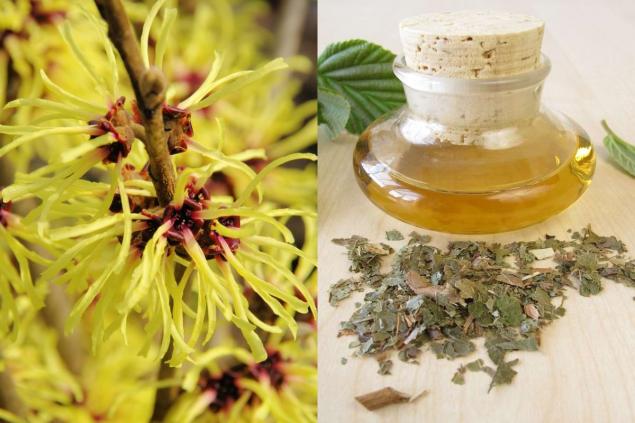
Another natural antiseptic is cinnamon oil, active against many microbes. To prepare an alcohol-free disinfectant, you will need 100 ml of hammelis extract, 10 drops of tea tree oil, 5 drops of eucalyptus essential oils, cloves and cinnamon. If desired, you can add 2 teaspoons of liquid coconut oil or oil with vitamin E.
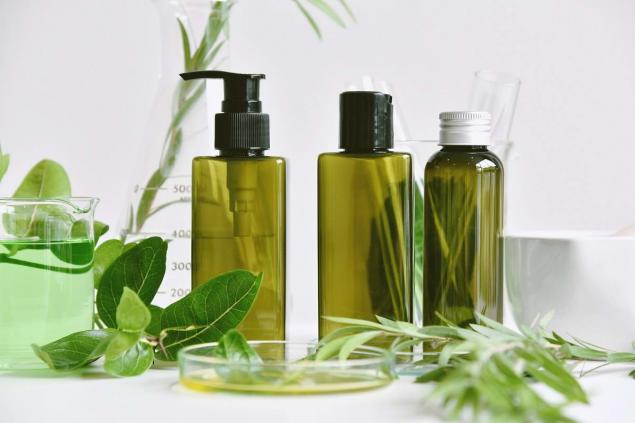
Preparing such an antiseptic is not difficult. Pour in a glass bottle with a dispenser solution of gamamamelis, add coconut oil. Shake it for good mixing. Add the essential oils, shake it again.
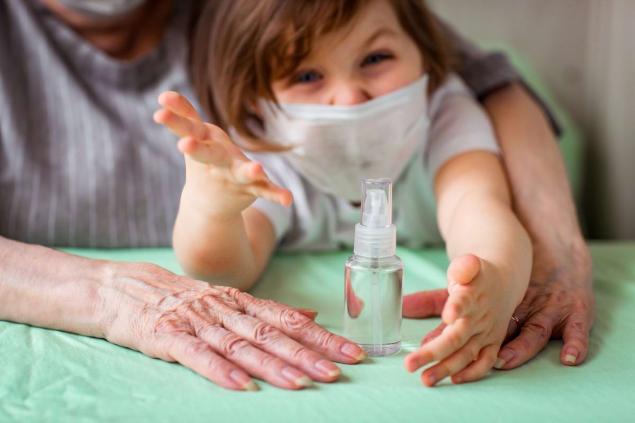
Children under the age of 7 years, doctors do not recommend the use of alcohol antiseptics, as they dry the skin and can cause irritation, allergies. In the rest, it should be recognized that the proven effect of killing the most dangerous viruses is possessed by antiseptics based on ethyl, isopropyl, propyl alcohol or their mixtures.
Alcohol-free antiseptics (even based on chlorhexidine) do not affect the coronavirus, but can be used as an additional means to protect against bacteria. Any antiseptic should be applied in a small volume - about 3 ml, and then rubbed into the hands for about 30 seconds.
As you can see, if you have all the necessary ingredients at home, it is not difficult to make a hand sanitizer. It remains only to pour it into any compact container with a sprayer and use it for its intended purpose. Keep your hands clean and be healthy!

Water and soap are not always available. What to do if you hold on to a handrail in public transport, take a cart in the supermarket, the handle of which has been in a thousand hands in a day, press the not sterile buttons of an elevator or ATM?

It is for such situations that there are sanitizers, or hand sanitizers, which are now universally scarce. If you do not have time to stock up on the necessary liquid, do not worry. Editorial "Site" will tell How to prepare antiseptic hand at home.
The main antibacterial component of disinfectant solutions is most often alcohol, chlorhexidine and other antimicrobial substances. To reduce their negative effect on the skin, natural oils, aloe extract, vitamin E are added.

Here it is necessary to dispel the popular myth: contrary to popular belief, to use strong alcohol from the store as a skin antiseptic will not work! Firstly, because it does not contain enough alcohol (ideally, it should be 62-85%).
Secondly, some components of “table” alcohol can, on the contrary, become a favorable environment for bacteria and viruses. For example, the sugar contained in such drinks. “Disinfect” the mouth with alcohol is also ineffective – because the virus finds its way into the body through the mucous membranes of the eyes and nose.

But another popular means of cologne "Triple" contains about 70% alcohol and can be used as an antiseptic, despite the fact that it excessively dries the skin and, to put it mildly, does not smell very pleasant.
Disinfectants based on alcohol This tool most closely resembles those sold in stores and pharmacies. To prepare a liter of antiseptic, you will need 830 ml of 96% ethyl alcohol, 120 ml of boiled or distilled water, 40 ml of 3% hydrogen peroxide and 10-15 ml of glycerol.

Glycerin is needed to moisturize the skin and help it better tolerate the constant use of alcohol-containing spray. For lack of glycerol, you can use aloe vera gel, which is easy to prepare from the fleshy leaves of the houseplants of the same name.
Mix all the ingredients and put them in a bottle. Store the antiseptic at room temperature in a dark place and away from the fire. In addition to antiseptic in the form of a spray, alcohol-containing napkins are also suitable. They can handle not only hands, but also keys, door handles, switch buttons, bags, mobile phones.
Antiseptic spray from Dr. Komarovsky: 240 ml of medical alcohol, 15 ml of 3% hydrogen peroxide, 5 ml of glycerol and 60 ml of water. Connect all the components, add to any vial and can be used.

Another antiseptic option. Take two thirds of a glass of 96% medical alcohol, one third of a glass of aloe vera gel and 8-10 drops of essential oil. Suitable oil of lavender, vanilla, mint, grapefruit or cinnamon.
Mix all the ingredients and put them in a bottle. Such a “fat” antiseptic will be difficult to use in the form of a spray, but you can fill them with bottles with a dispenser.

Antifungal and bactericidal properties are also inherent in the flowers of calendula, chamomile, sage leaves. For an antiseptic with an alcohol tincture of calendula, you will need: 50 ml of calendula alcohol tincture (at least 70% alcohol), a teaspoon of aloe vera gel, a teaspoon of glycerin and 5 drops of lemon essential oil. Mix all the ingredients and pour into a dispenser jar.
Alcohol-free disinfectants An alternative to alcohol can be hammelis. The extract of the bark and leaves of gamamamelis is a powerful antiseptic that has been known for hundreds of years. The second important component is tea tree oil, which is the strongest antiseptic with antiviral and anti-inflammatory effects.

Another natural antiseptic is cinnamon oil, active against many microbes. To prepare an alcohol-free disinfectant, you will need 100 ml of hammelis extract, 10 drops of tea tree oil, 5 drops of eucalyptus essential oils, cloves and cinnamon. If desired, you can add 2 teaspoons of liquid coconut oil or oil with vitamin E.

Preparing such an antiseptic is not difficult. Pour in a glass bottle with a dispenser solution of gamamamelis, add coconut oil. Shake it for good mixing. Add the essential oils, shake it again.

Children under the age of 7 years, doctors do not recommend the use of alcohol antiseptics, as they dry the skin and can cause irritation, allergies. In the rest, it should be recognized that the proven effect of killing the most dangerous viruses is possessed by antiseptics based on ethyl, isopropyl, propyl alcohol or their mixtures.
Alcohol-free antiseptics (even based on chlorhexidine) do not affect the coronavirus, but can be used as an additional means to protect against bacteria. Any antiseptic should be applied in a small volume - about 3 ml, and then rubbed into the hands for about 30 seconds.
As you can see, if you have all the necessary ingredients at home, it is not difficult to make a hand sanitizer. It remains only to pour it into any compact container with a sprayer and use it for its intended purpose. Keep your hands clean and be healthy!







